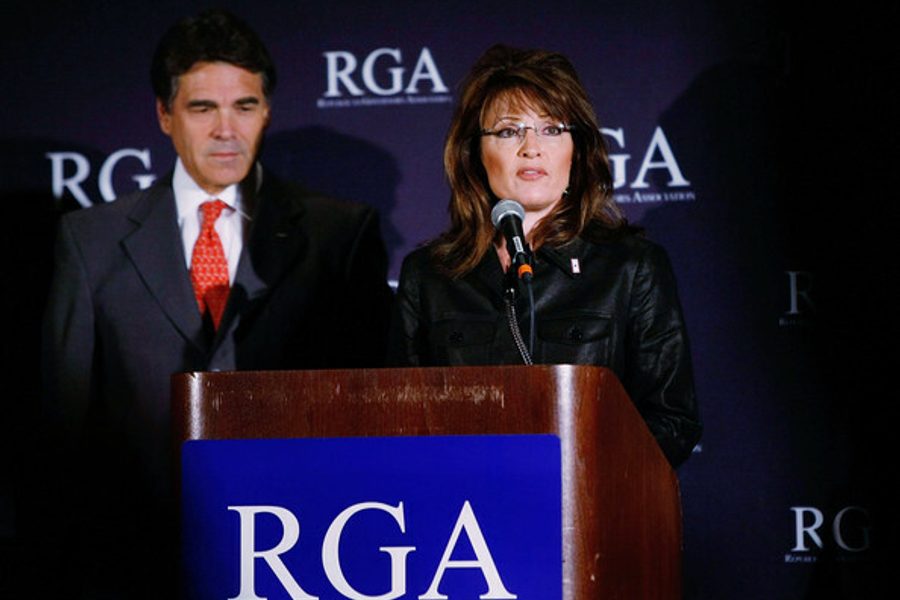
Republican members, political bet hedging drive union’s donations to GOP governors’ association
Last week, we reported that the Service Employees International Union (SEIU) has been donating between $50,000 and $100,000 annually to the Republican Governors’ Association (RGA) for the past several years.
This came as a surprise to many, because SEIU has become so closely associated with Democratic party politics. Of course, there’s no doubt that SEIU is a major force in Democratic politics. At the national level, SEIU reliably gives over 90% of its federal campaign dollars to Democratic candidates. Individual locals have their own political budgets that aren’t tracked by the national SEIU.
SEIU’s budget for the 2010 election year is $44 million, up from $35 million in 2006, according to Jon Youngdahl, SEIU’s national political director. That’s the money that the national union will spend on House and Senate races and statewide races such as gubernatorial races. The political budget includes not only contributions to campaigns but also programs to educate members about politics and encourage them to get involved.
Youngdahl said the union’s top priority for this election is getting its members engaged. SEIU has various programs to reach out to members on the job and at home. The union also sponsors a “Walk a Day in My Shoes” program where political candidates spend a day doing the job of a SEIU member. In Pennsylvania, Democratic gubernatorial candidate Dan Onorato is scheduled to do a walk-through later this week at a nursing facility in Philadelphia.
All told, SEIU and its affiliated state and local councils will spend a combined total of $20-$30 million to elect Democratic governors in 2010.
The lion’s share of SEIU’s political budget comes from voluntary member contributions, not union dues. About 300,000 SEIU members give an average of $7 a month to SEIU’s Committee on Political Education (COPE). According to Michelle Ringuette, SEIU’s director of strategic affairs, at least 300,000 of SEIU’s 2 million members are Republicans. Therefore, she said, SEIU feels a responsibility to take the political leanings of these members into consideration when allocating its contributions.
“Our members - Democratic, Republican, Green, Independent and whatever - want and need to talk to their governors and other elected representatives,” Ringuette explained, “Our members also drive much of the decision-making about how we spend their voluntary contributions to COPE.”
Realistically, a certain percentage of governors will be Republicans and SEIU will inevitably find itself negotiating with them, since many of SEIU’s members work for state governments. Giving to the RGA can be seen as an attempt to hedge SEIU’s bets.
Youngdahl said that the union’s contributions to the RGA are partly an attempt to build goodwill at the state level. He denied that the contributions had anything to do with the RGA’s high-profile campaign to influence state legislators when they redraw electoral boundaries in 2011.







